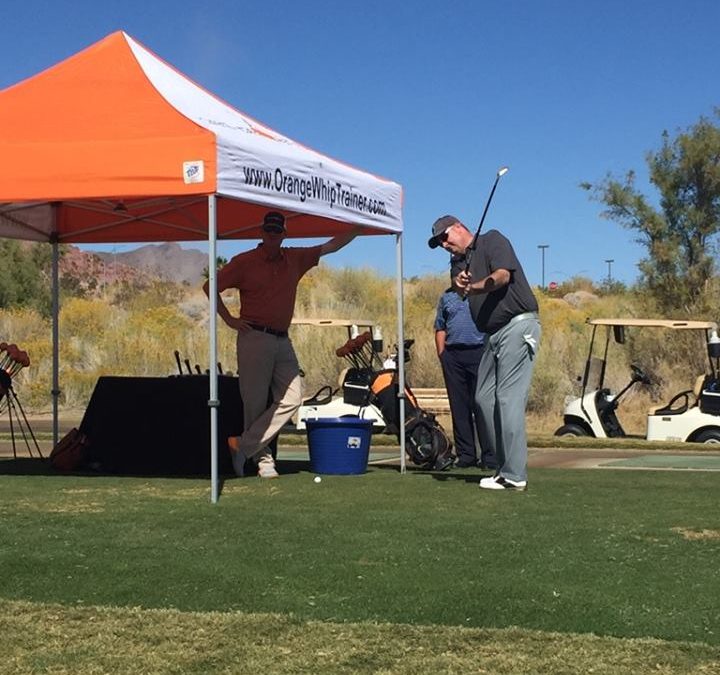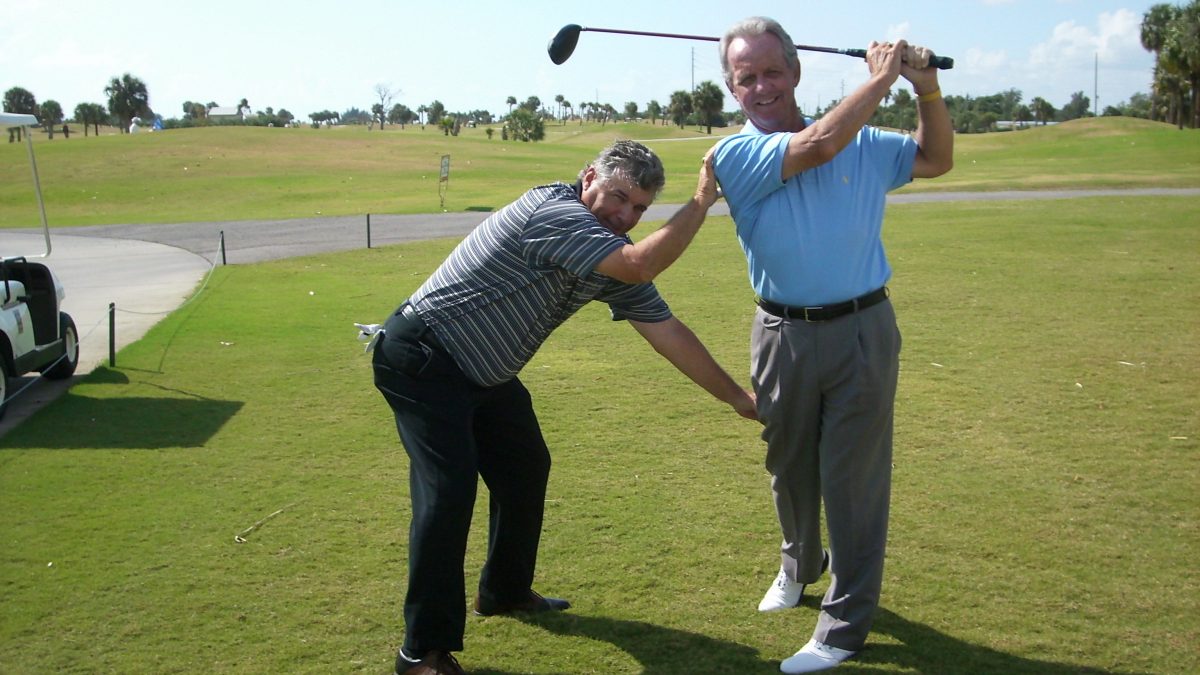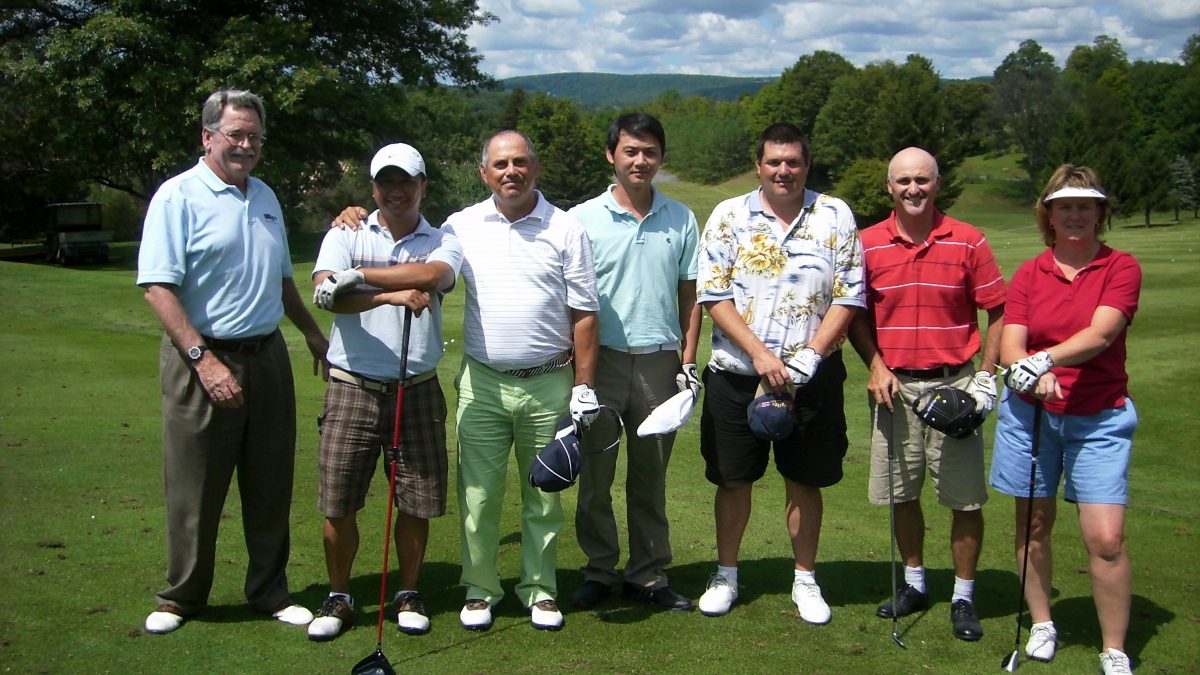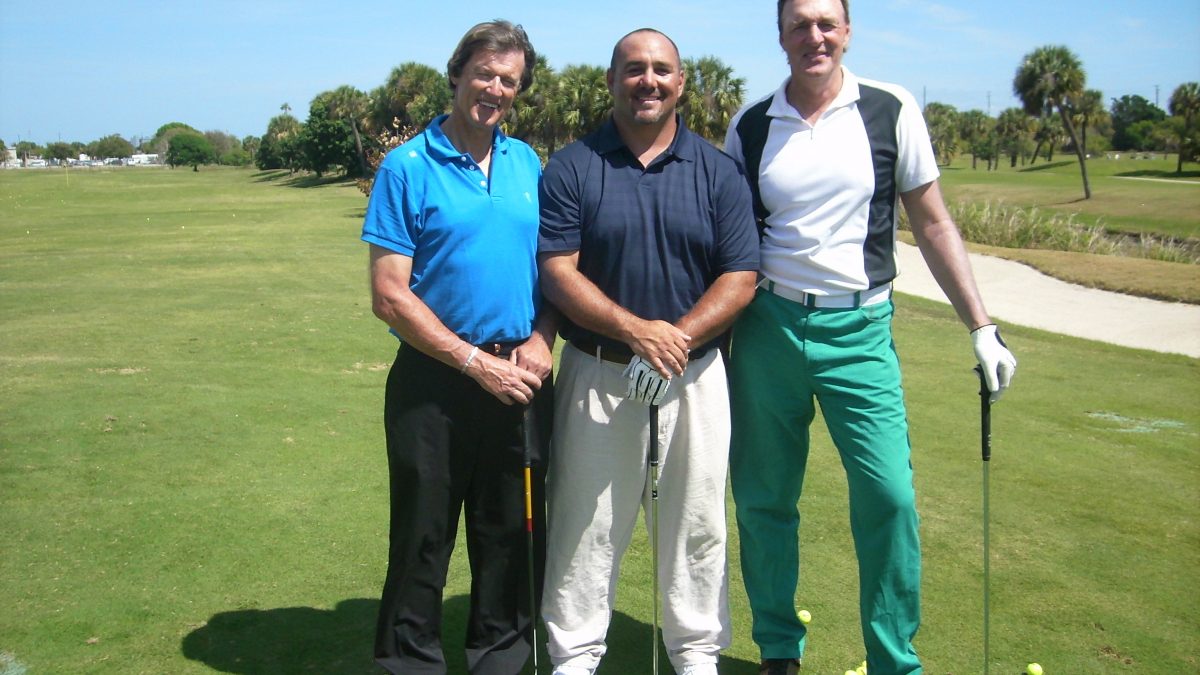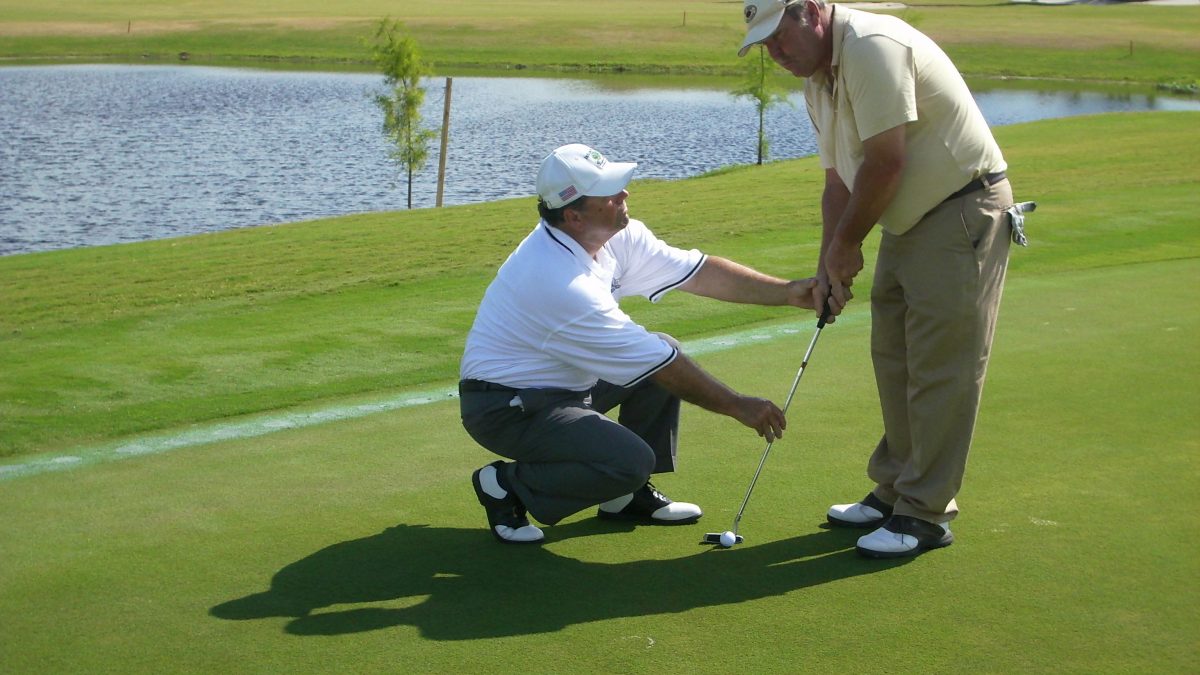Education Of A Golf Teacher
 By Mark Harman USGTF Course Director, Ridgeland, South Carolina
By Mark Harman USGTF Course Director, Ridgeland, South Carolina
What does it take to become an excellent golf teaching professional? Certainly, there are a number of aspects that come into play, among them playing skill, a desire to learn and help others, and a motivation to become the best one can be at this craft.
USGTF Master Teaching Professional David Vaught from Vista, California, one of the most respected members in our organization, has stated that one of his main motivations for being the best he can be is the desire to never give a bad lesson. In talking with David, you get the sense that he takes what he does for a living very seriously, and it comes through in his interactions with his students. He is undoubtedly one of the most knowledgeable people in regard to golf and the teaching of the game that I have come across.
Another professional who I have always been highly impressed with is CGTF professional David Hill from Montreal, Quebec, Canada. When I hear him speak about the mechanics of the game and its techniques, it’s clear that he has a knowledge well above and beyond that of a large majority of teaching pros whom I’ve encountered. I know how rigorously he has studied the game over the years, which is probably the key to his success.
For me, I started teaching the game in my mid-20s, and although I had a good grasp on the mechanics and some basic cause and effect, I had no practical knowledge teaching the game, save for helping out acquaintances and my college team-mates. I was tasked with instructing beginners, an excellent way for someone to get their feet wet in teaching if they have no formal training. In addition, I had a whole stable of talented and experienced golf teaching professionals from whom I could ask advice, and I wasn’t shy with my myriad of questions.
Still, it took me a couple of years to become what I would consider competent on the lesson tee. I still use a lot of the knowledge today that these fine teachers imparted to me many years ago, but learning to teach golf in this manner is somewhat of a random crapshoot. Had my fellow teachers not been competent, or had they unconventional ideas that didn’t stand up to logical scrutiny, I might have been forced out of the profession long ago.
After these couple of years I mentioned earlier, it became clear to me that there were several basic teaching concepts that presented themselves over and over in every lesson, which is where the USGTF comes into the picture. At the time, the USGTF was rapidly growing beyond what had been initially foreseen, and more golf teachers were needed for the examining staff. Fortunately, I was recommended and my career with the USGTF started in April 1991 at Lehigh Acres, Florida.
The USGTF was unique in that it welcomed all who were competent and confident enough in themselves, instead of requiring an apprenticeship of several years that had little, if anything, to do with teaching. It also for the first time put together a structured program that featured these teaching concepts that took me several years and hundreds of hours of lessons to learn on my own, but in fact could be taught in a matter of days.
As my journey as a USGTF professional continued, I realized I had an obligation to learn as much as I could about various teaching techniques and the methodologies of leading instructors. Nothing was off the table: From full-swing mechanics to short-game skills, from the mental game to motor learning, I knew I had to make an effort to become not just competent, but as good as I could become. It also required me to closely study new schools of thought and not to get entrenched in long-held beliefs that may or may not have been valid.
It also required me to learn something from each and every lesson. Sometimes these takeaways were, and still are, harsh. There are times where I have been utterly unable to help a student, de-spite my best efforts. It is after these lessons that I often wonder what I could have done to better get through to them, to get them to understand how to translate my words, pictures and drills into a feel they could kinesthetically comprehend. I wonder where I went wrong and if there was something I could have done to save the lesson.
Then I remember that no less than David Lead-better and USGTF member Bob Toski, two of the most revered names in teaching history, have ad-mitted publicly that there are times that they, too, have been unable to help certain students for what-ever reason. So I figure if it happens to the best of us, it probably happens to all of us, regardless of our skill or experience.
I remember the late Julius Richardson, the US-GTF’s Teacher of the 20th Century, giving a lady a brief lesson. I mentally went through her mechanical faults as I was watching this and wondered what he would address first. Much to my surprise, he told the lady to relax her shoulders at address. What? That’s it? Certainly that can’t be right, Julius, come on! What about her grip, her backswing and forward swing?
But you know what happened? That lady smacked the heck out of that next ball she hit, and she was so excited. She repeatedly hit shot after shot in a similar manner, and afterwards gave Julius a big hug.
What exactly he saw, I’m still not sure to this day. But it certainly taught me that a rigid way of thinking when it comes to teaching golf is a good way to find little success. And that might be the most valuable lesson I’ve ever learned as a teacher myself.



